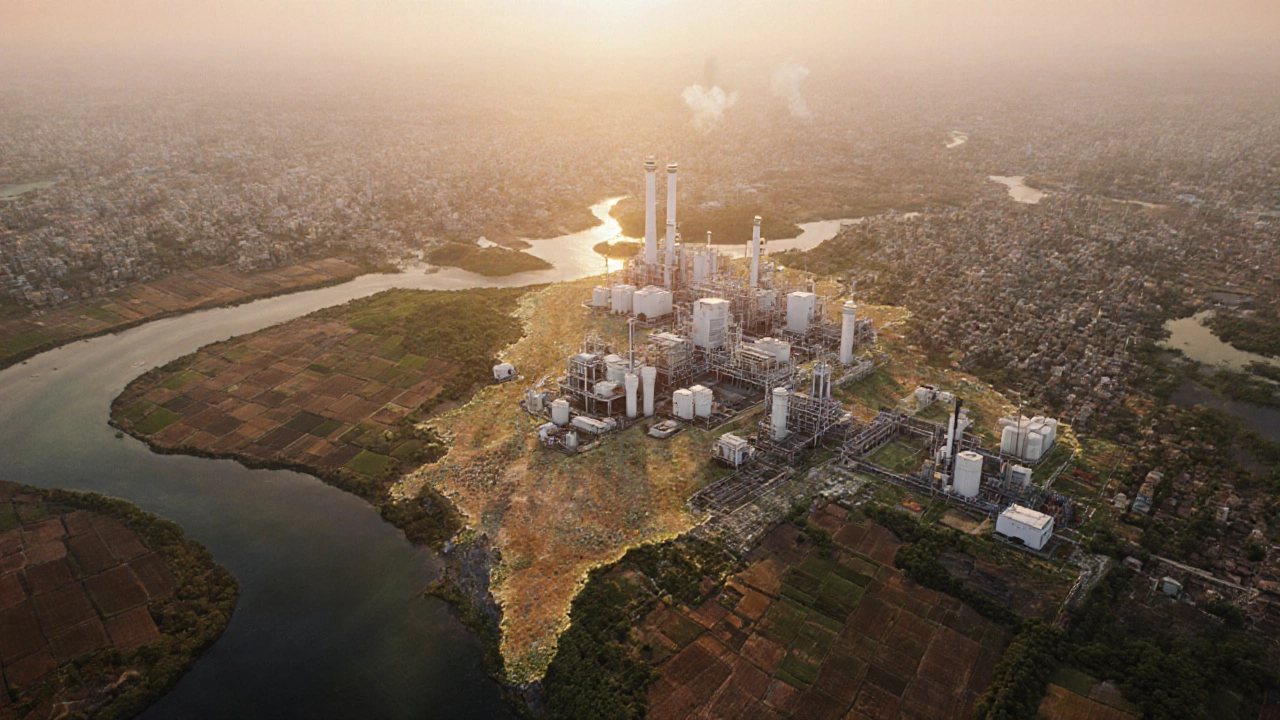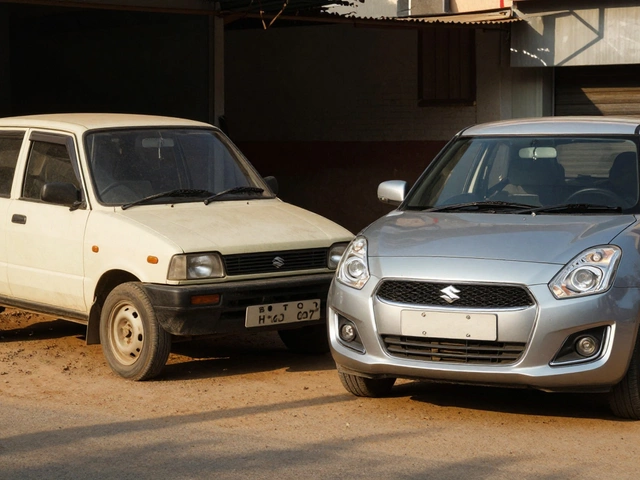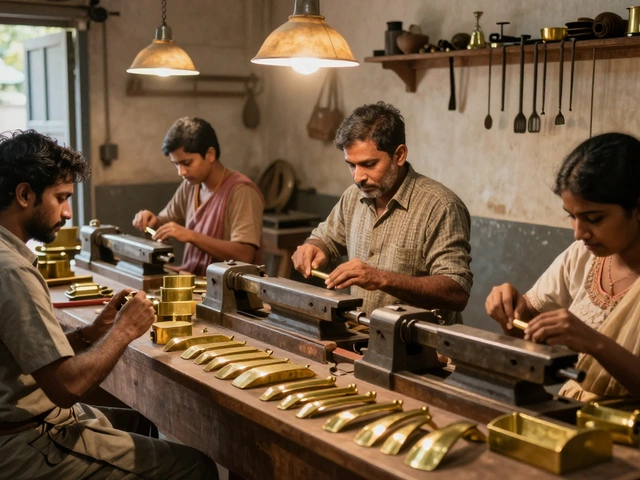Pharma manufacturing statistics India
When you dive into Pharma manufacturing statistics India, the set of numbers that track how much medicine is made, where it is made and who buys it across the country. Also called Indian pharma production data, this data set is the backbone for investors, policy makers and factory managers who need to gauge market size and growth. One of the biggest drivers behind those numbers is the network of pharma hubs, regional clusters like Baddi, Hyderabad and Gujarat that host dozens of plants and research labs. These hubs shape the overall output, attract talent and pull in export orders. In short, Pharma manufacturing statistics India gives you a clear picture of volume, value and velocity of the sector.
What the figures actually tell you
The statistics break down three core elements. First, API production, the manufacturing of active pharmaceutical ingredients that form the active part of any drug, is measured in metric tons and shows which compounds dominate the market. Second, the export statistics, numbers that capture how many kilograms and dollars of medicines leave India each year, reveal the country’s global reach and the balance of trade. Third, regulatory compliance data, records of approvals, inspections and quality certifications, indicate how well manufacturers meet domestic and international standards. Together these elements form a semantic triple: pharma manufacturing statistics India encompasses API production, export statistics and regulatory compliance data.
Why does this matter to you? If you are scouting a location for a new plant, the hub data points you to the cheapest land and best talent pool. If you are an investor, API production trends highlight high‑margin categories and emerging therapeutic areas. If you are a logistics partner, export figures help you plan shipping lanes and customs paperwork. And if you are a compliance officer, the regulatory dataset flags upcoming changes in policy that could affect your line‑up. The collection below brings together articles that unpack each of these angles – from cost breakdowns for starting a pharma unit to deep dives into Baddi’s capacity, Hyderabad’s API ecosystem and Gujarat’s export engine. Keep reading to get the numbers, the stories behind them and actionable tips you can apply right away.
How many pharma manufacturing companies are there in India?
India hosts roughly 12,400 licensed pharma manufacturing companies in 2025, with most located in Maharashtra, Gujarat and Karnataka. The article breaks down types, sources, and how to verify the count.
Read More




